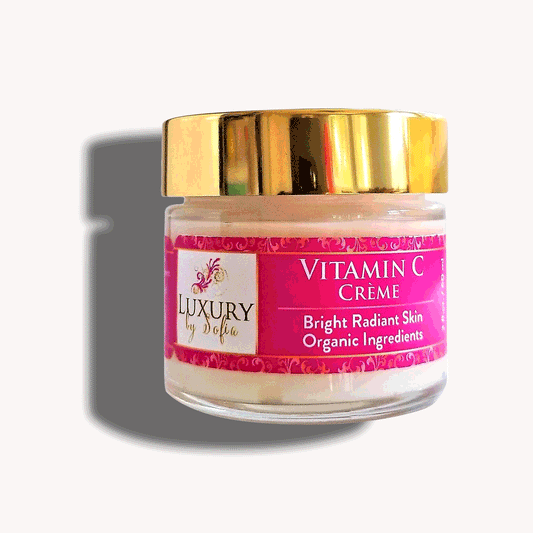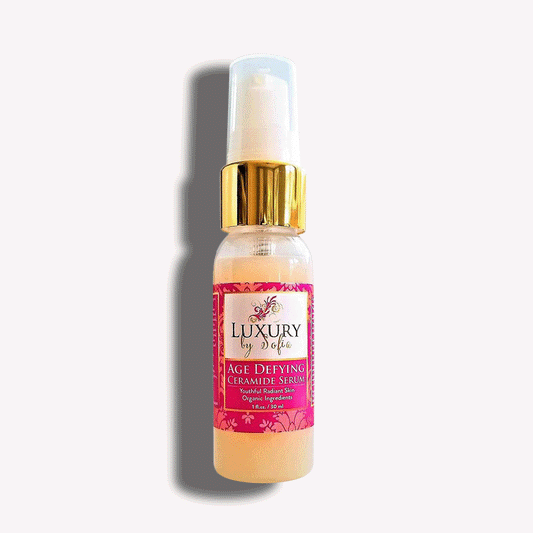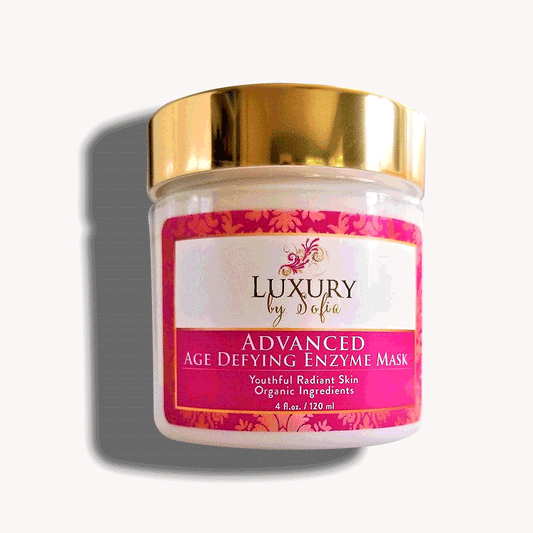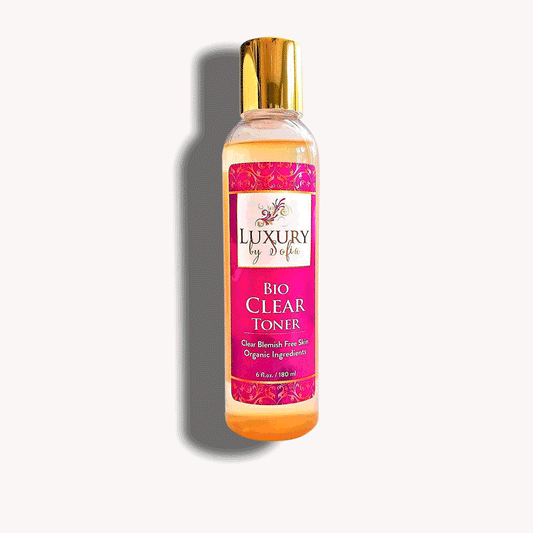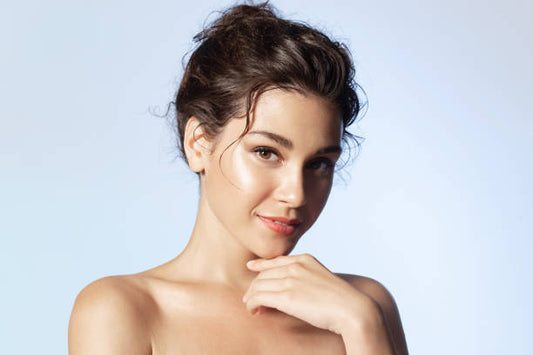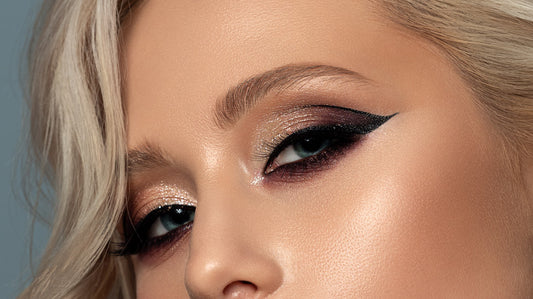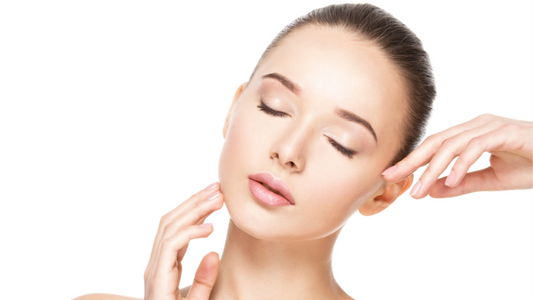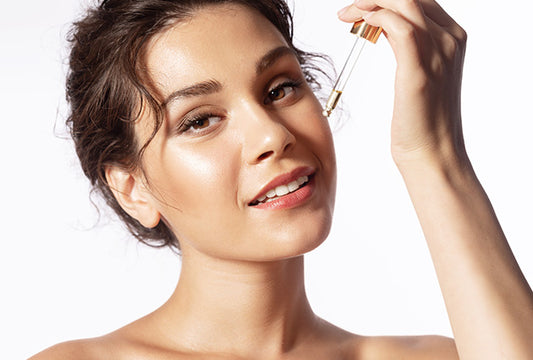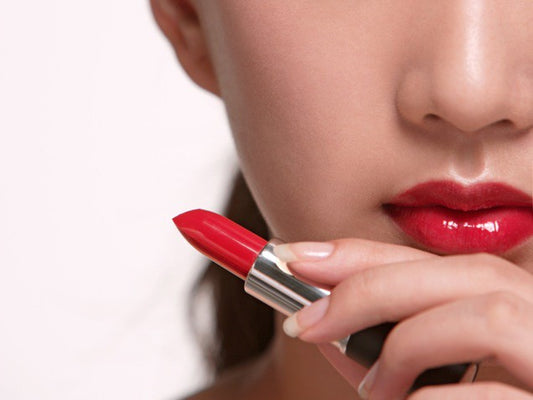
Sunscreen effectiveness is largely determined by its main ingredients.
Not all sunscreen ingredients are created equal. Some deliver physical protection while others work by penetrating your skin to create a chemical reaction that neutralizes UV radiation. In addition, there are some questionable ingredients that are either restricted or banned by regulatory bodies that you should be wary of. In this article, we study sunscreen ingredients you should look out for or avoid.


Sunscreen Ingredients To Look Out For
Zinc Oxide: Zinc Oxide is an FDA-approved ingredient and is a popular ingredient among physical sunscreens. It does not penetrate your skin even after repeated use and works by forming a protective barrier to reflect light before it interacts with your skin. This photostable ingredient is safe for sensitive skin, unlike some chemical sunscreen ingredients like Avobenzone which needs to be stabilized by other chemicals.
Our Organic All Natural Zinc Sunscreen is a vegan sunscreen that features Non-Nano Zinc Oxide as a key ingredient that shields your skin from broad spectrum rays. Moreover, its organic blend of plant extracts helps to nourish your skin all day.
Titanium Dioxide: Another popular physical blocker, Titanium Dioxide is an FDA-approved sunscreen ingredient that offers broad spectrum protection. However, it does not filter out UVA1 rays. This effective ingredient has been approved by the FDA for children older than 6 months and is deemed safer than most other sunscreen ingredients. It can also be found in makeup, skincare and other beauty products.
Oxybenzone: Oxybenzone is found in the majority of chemical sunscreens in the USA. It delivers broad spectrum protection by penetrating your skin and converting radiation into heat. However, it can cause skin irritations as it is absorbed by your complexion. This ingredient is also banned in Hawaii as it contributes to the bleaching and poisoning of coral reefs.
Octinoxate: Octinoxate is a common UVB absorber. It is generally paired with Avobenzone to formulate chemical sunscreens that deliver broad spectrum protection. Octinoxate helps to prevent sunburns and premature aging. Like Oxybenzone, it is banned in Hawaii due to the environmental risks it poses on coral reefs.
Avobenzone: This popular chemical ingredient neutralizes UVA. On its own, it is unstable when exposed to light and therefore, it needs to be combined with other chemicals like Meroxyl to be stabilized. Avobenzone is usually paired with other sunscreen ingredients because it loses 50% - 90% of its radiation filtering abilities within an hour of light exposure.
Sunscreen Ingredients To Avoid
Tinosorb S and M: Tinosorb S and M are popular European ingredients found in sunscreens. They provide UVB and UVA protection as well as help to stabilize other sunscreen ingredients. In addition, Tinosorb S and M neutralize the action of free radicals to protect your skin against environmental stressors. However, these ingredients have not been approved by the. FDA.
PABA: PABA, also known as Para-Aminobenzoic Acid, is a potent UVB absorber. However, it is associated with allergic dermatitis and increased photosensitivity. Studies conducted on animals also found potential levels of toxicity which is why the European Commission and FDA restrict its concentration in beauty products to 5%, while Canada bans the use of PABA in cosmetics completely.
With an understanding of these key players in sunscreen formulations, you will be able to navigate the ever-changing beauty scene with ease. Look out for beneficial ingredients that can boost your daily skincare regimen and steer clear of those that are restricted or banned by regulatory bodies.

